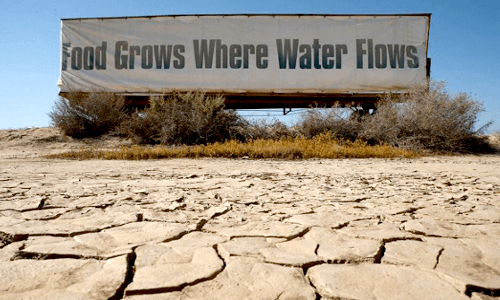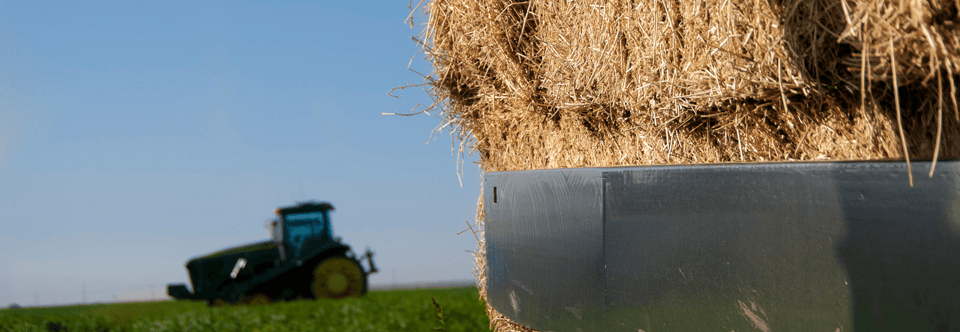Below is a statement by Mike Wade, Executive Director of the California Farm Water Coalition. An updated study released today by the California Department of Food and Agriculture and the UC Davis Center for Watershed Sciences provides a glimpse of the consequences of water supply shortages for the state of California. These effects will […]
Learn More About Fixing Our Aging Water Infrastructure
We’re all concerned about the quality of the food we feed our families. Having a variety of fresh, locally grown choices at the grocery store is important- and that’s what you get when buying California produce. But did you know that many family farmers depend on the same water supplies and aging water system as […]

